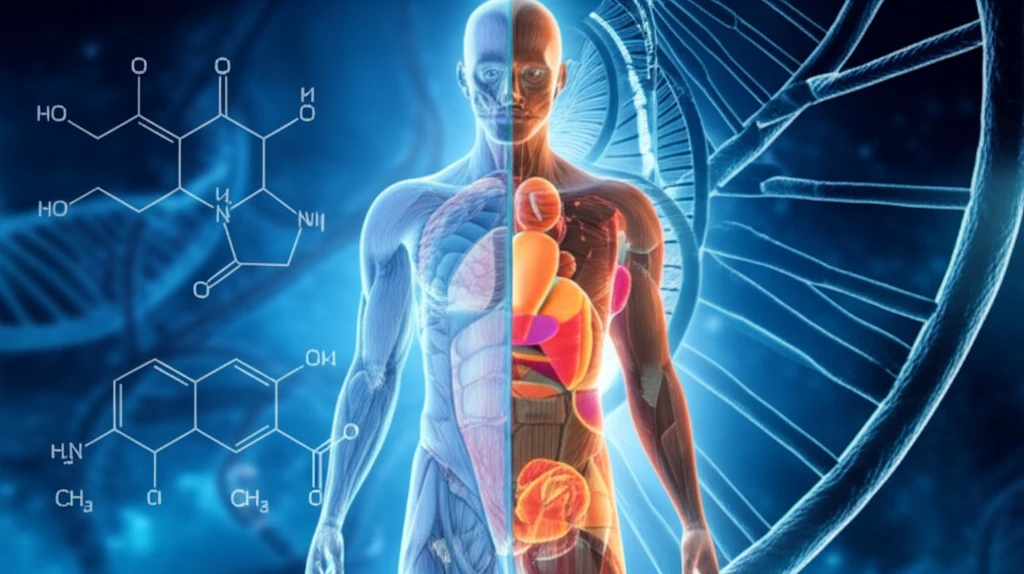
Overweight? How Body Composition Impacts Chemotherapy Success in Breast Cancer Treatment
"Discover how fat mass and lean mass can influence treatment outcomes, potentially leading to personalized chemotherapy plans for better results."
Chemotherapy is a cornerstone in the treatment of breast cancer, often involving a combination of powerful drugs like anthracyclines and taxanes. While these treatments target cancer cells, they can also cause severe side effects, sometimes leading to dose reductions, cycle delays, or premature termination of treatment. These modifications can compromise the effectiveness of the therapy and lead to poorer outcomes.
Currently, chemotherapy dosages are typically calculated based on body surface area, a measure derived from height and weight. This method, however, fails to account for individual differences in body composition, such as the ratio of lean mass to fat mass. Emerging research suggests that body composition may play a more critical role than body surface area in determining how well a patient tolerates and responds to chemotherapy.
A new study investigates the impact of body composition on chemotherapy outcomes in women with stage I-IIIB breast cancer. By examining the relationship between fat mass, lean mass, and treatment modifications, this research aims to provide insights into how personalized treatment plans can improve outcomes and reduce toxicities.
The Study: Linking Body Composition to Chemotherapy Adjustments

Researchers conducted an observational study involving 172 women diagnosed with stage I-IIIB breast cancer in the Netherlands. They used dual-energy X-ray absorptiometry (DEXA) scans to assess body composition, focusing on fat mass (both absolute and relative to total body weight) and lean mass (also absolute and relative). The team then tracked toxicity-induced modifications of treatment, including dose reductions, cycle delays, regimen switches, and premature terminations, using data from the patients' medical records.
- Higher Fat Mass, Higher Risk: Women with higher absolute and relative fat mass were more likely to require modifications to their treatment. Specifically, a 5 kg increase in fat mass was associated with a 14% increased risk of treatment modification. A 5% increase in relative fat mass was associated with a 21% increased risk.
- Lean Mass as a Protective Factor: Higher relative lean mass, on the other hand, was associated with a lower risk of treatment modifications. For every 5% increase in relative lean mass, the risk of treatment modification decreased by 17%.
- Absolute Lean Mass: Absolute lean mass was not significantly associated with the risk of treatment modifications.
- Combined Impact: Patients with a combination of low lean mass and high fat mass had a significantly elevated risk of needing treatment modifications compared to those with normal lean and fat mass.
Personalized Chemotherapy: The Future of Breast Cancer Treatment
This study underscores the potential for personalized chemotherapy plans based on individual body composition. By considering a patient's fat mass and lean mass, clinicians may be able to optimize dosages, select less toxic regimens, or implement supportive strategies to mitigate side effects. Further research is needed to determine the best ways to incorporate body composition assessments into clinical practice and to evaluate the impact of personalized chemotherapy on long-term outcomes.
